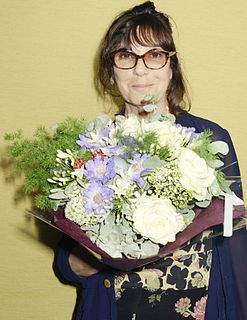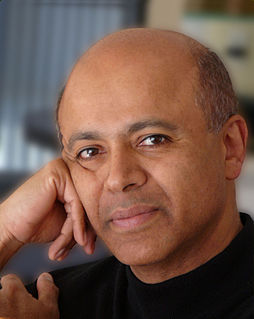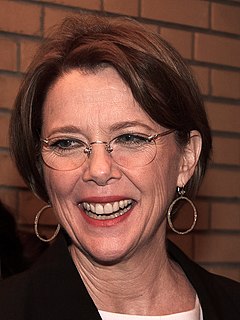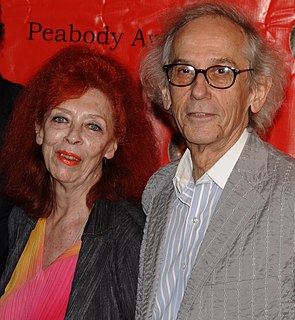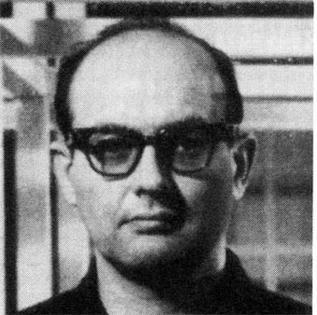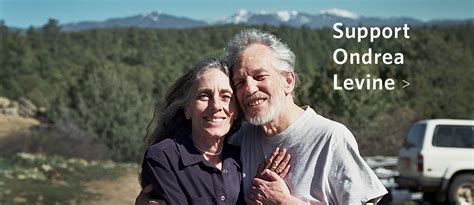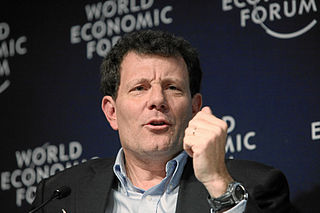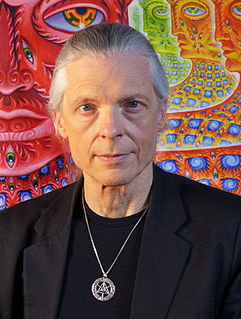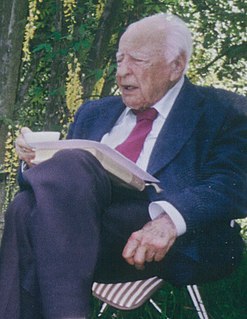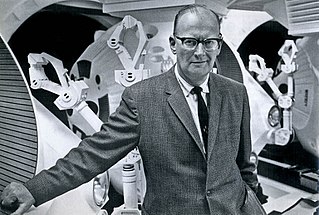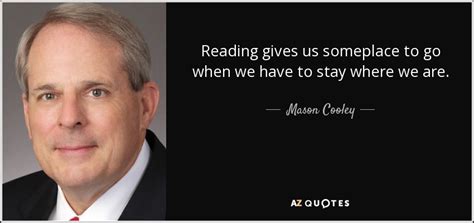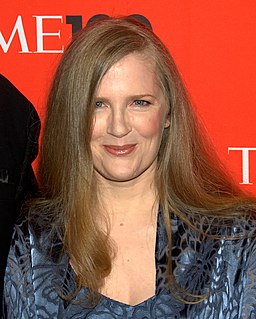A Quote by Sophie Calle
Art is a way of taking distance. The pathological or therapeutic aspects exist, but just as catalysts.
Quote Topics
Related Quotes
So let us be clear about this up front: We hope to recruit you to join an incipient movement to emancipate women and fight global poverty by unlocking women's power as economic catalysts. That is the process under way - not a drama of victimization but of empowerment, the kind that transforms bubbly teenage girls from brothel slaves into successful businesswomen. This is a story of transformation. It is change that is already taking place, and change that can accelerate if you'll just open your heart and join in.
A work of visionary art can shock a person out of their normal thinking patterns and help them to see the world in a new way, helping them to transfigure their perception of reality. Obviously, it's only one of many potential catalysts to healing and transformation, but I think it can be a significant one.
It is one of the primary motives of modern art that it wants to abolish the distance which the viewer, the consumer, the audience maintain vis-a-vis a work of art. There is no doubt that the leaders of the creative artists of the last 50 years concentrated their efforts mainly on eliminating that distance.
